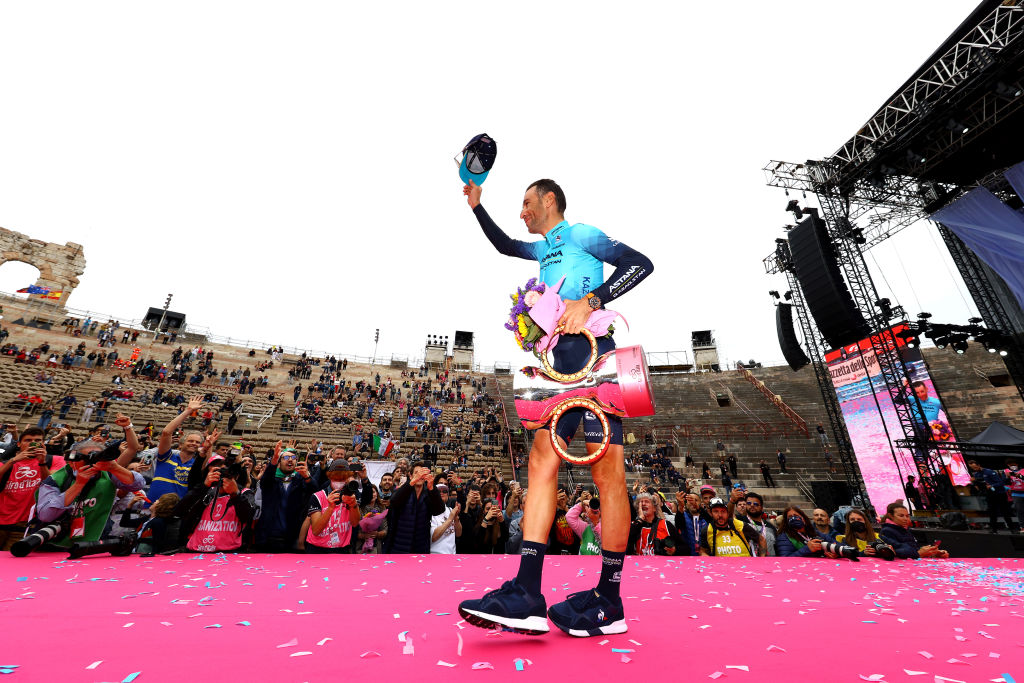Major revamp for 2011 Felt F-Series and DA platforms
New F1 frame is just 800g, value-priced F3 and F5 just 900g
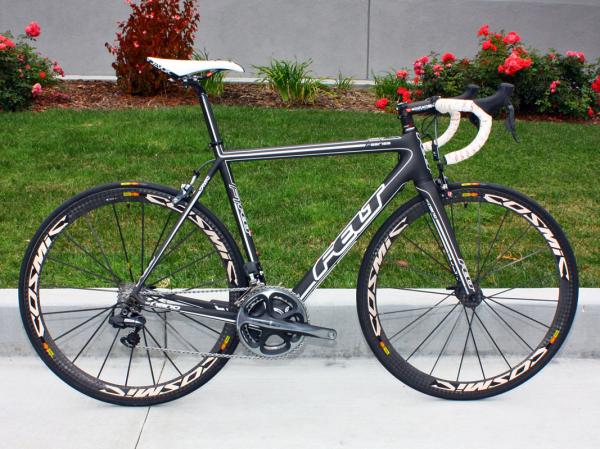
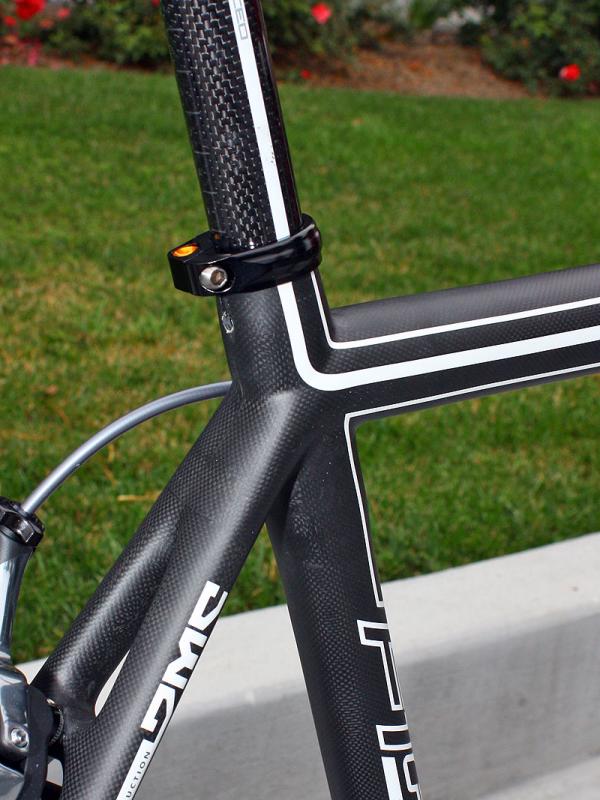
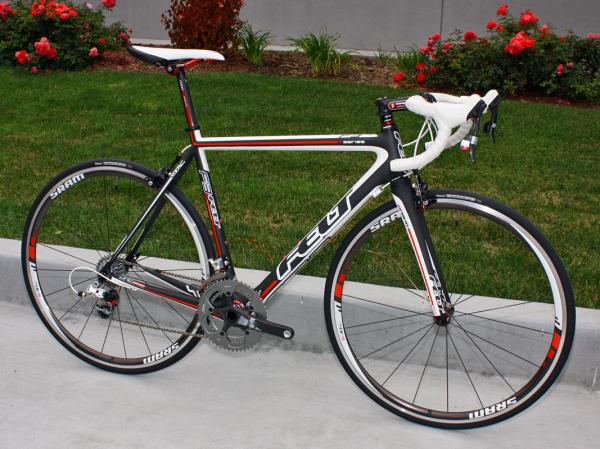
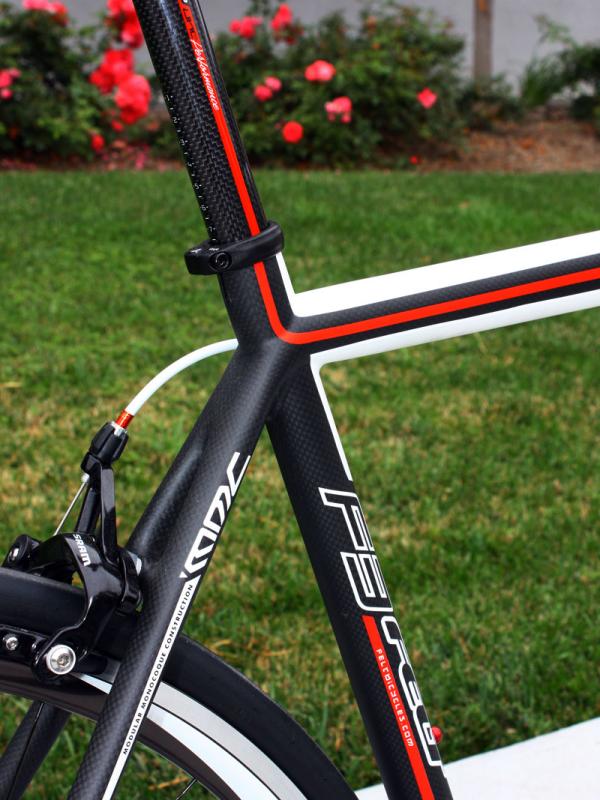
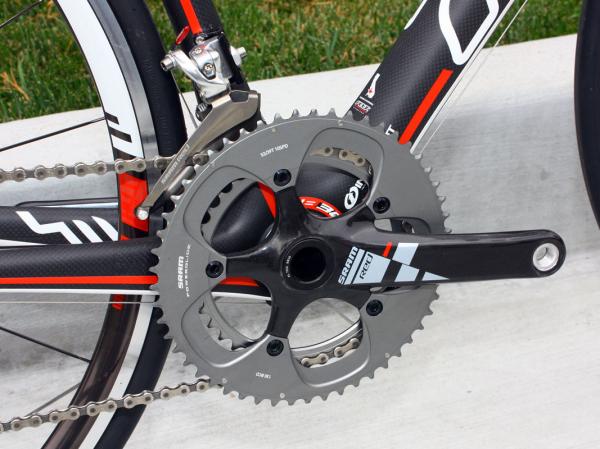
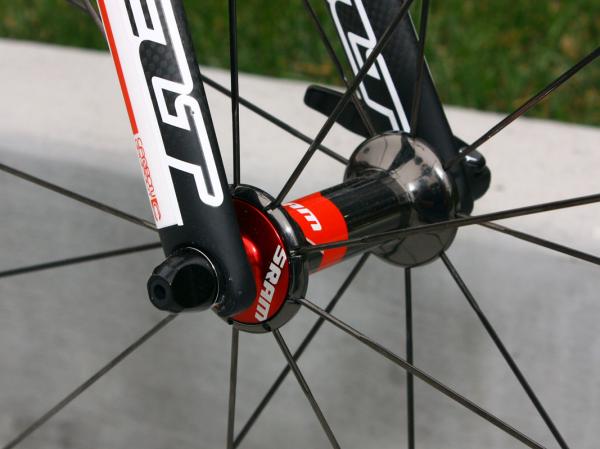
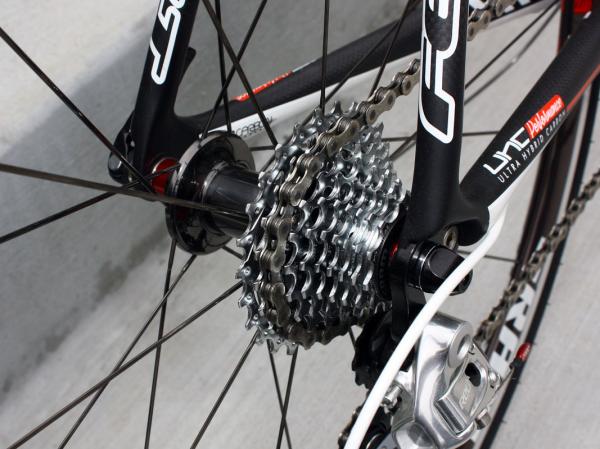
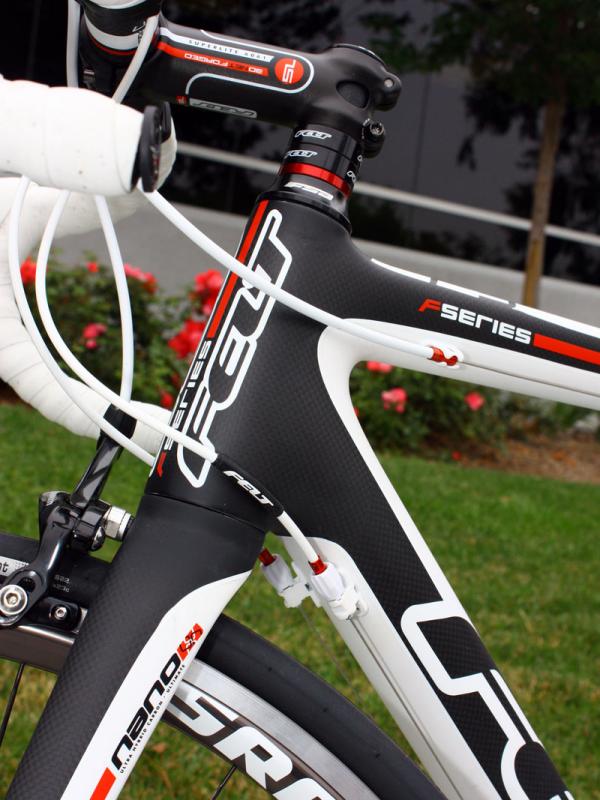
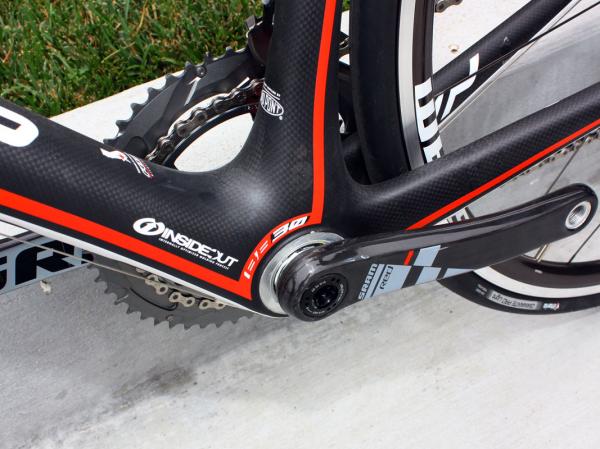
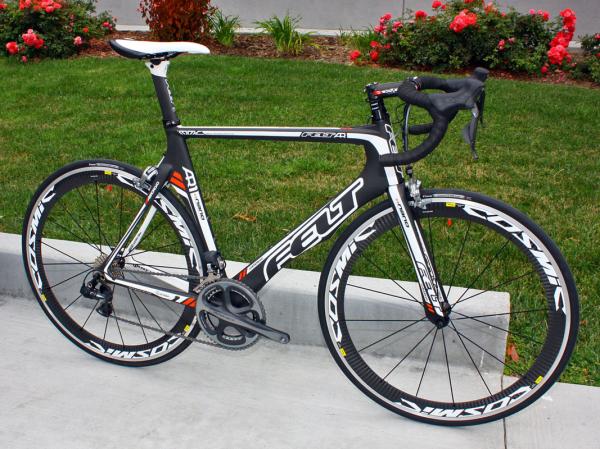
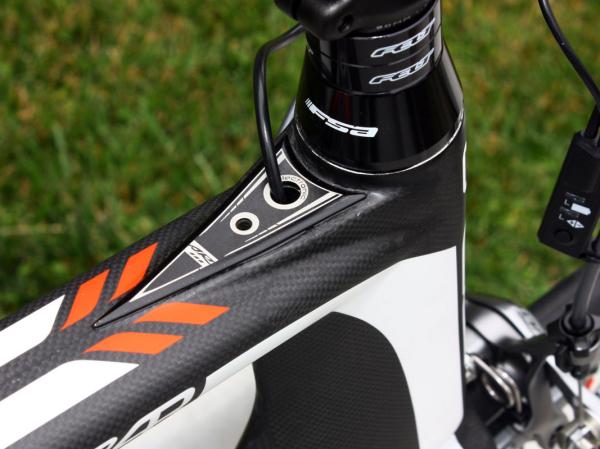
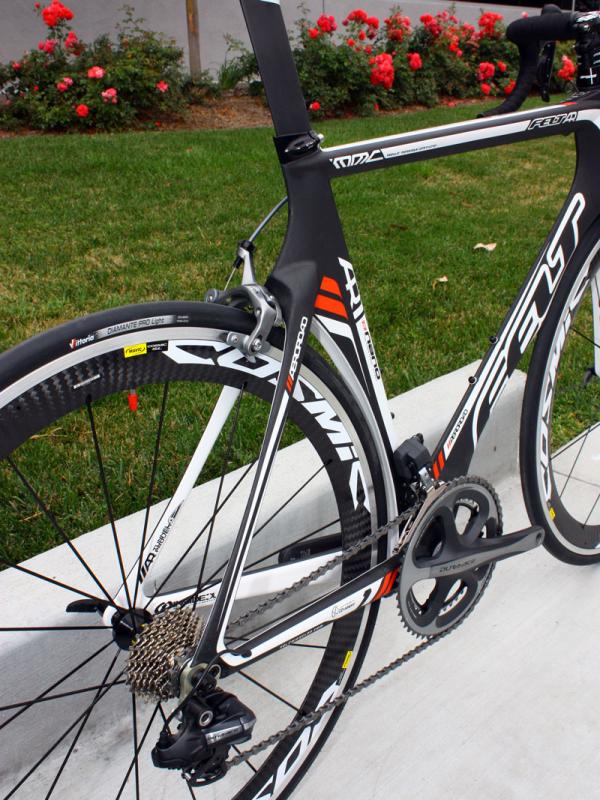
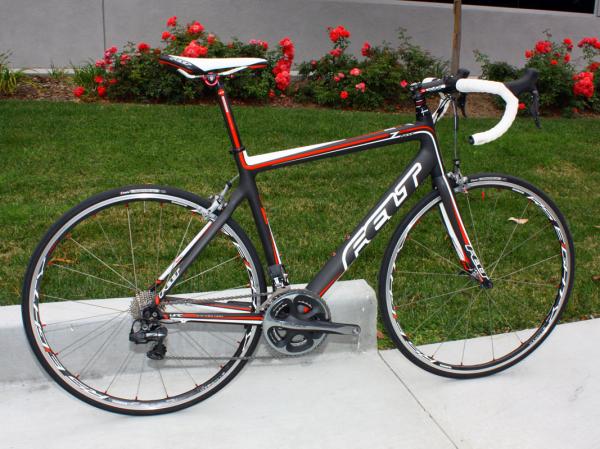
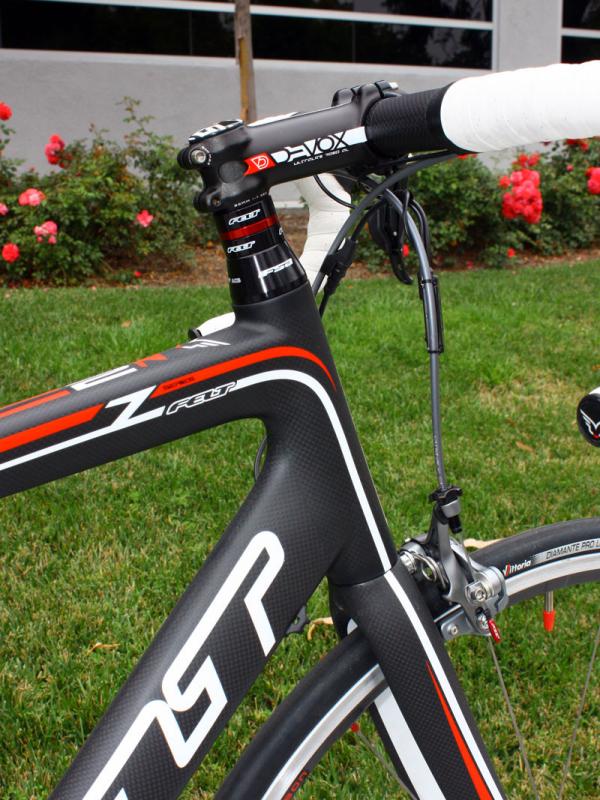
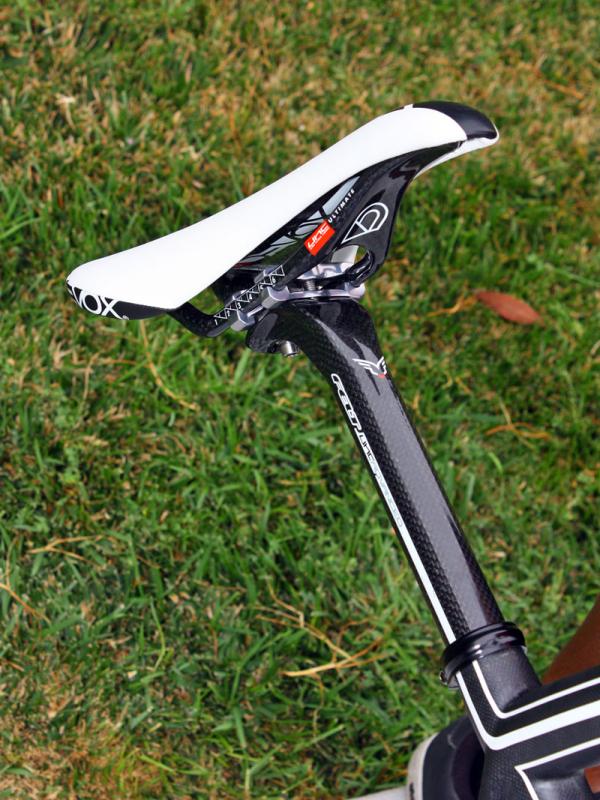
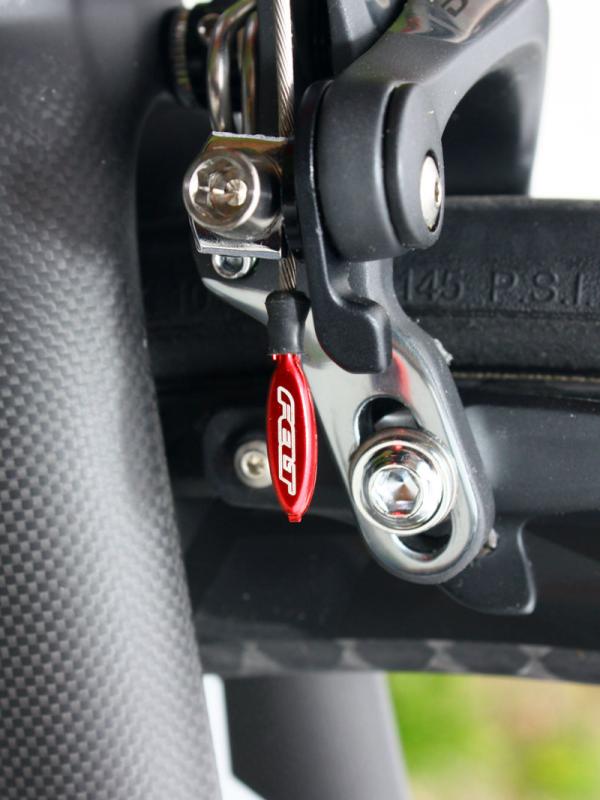
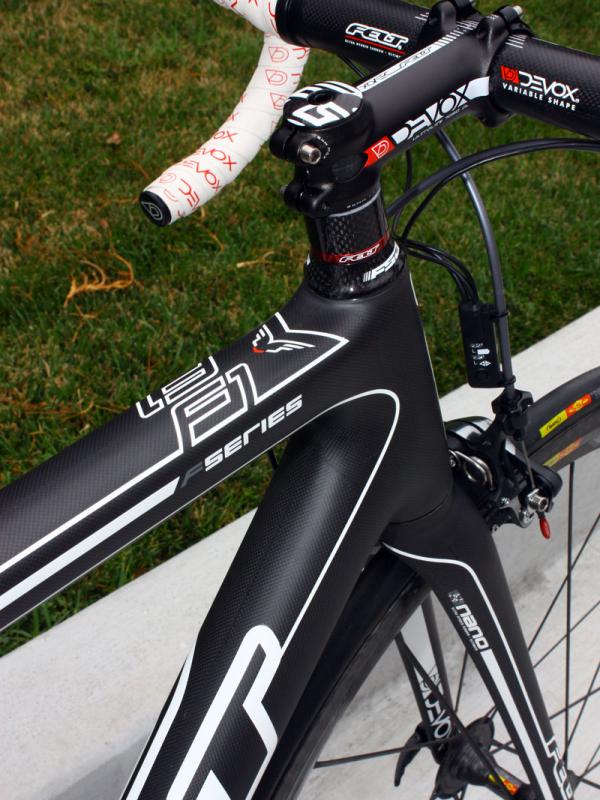
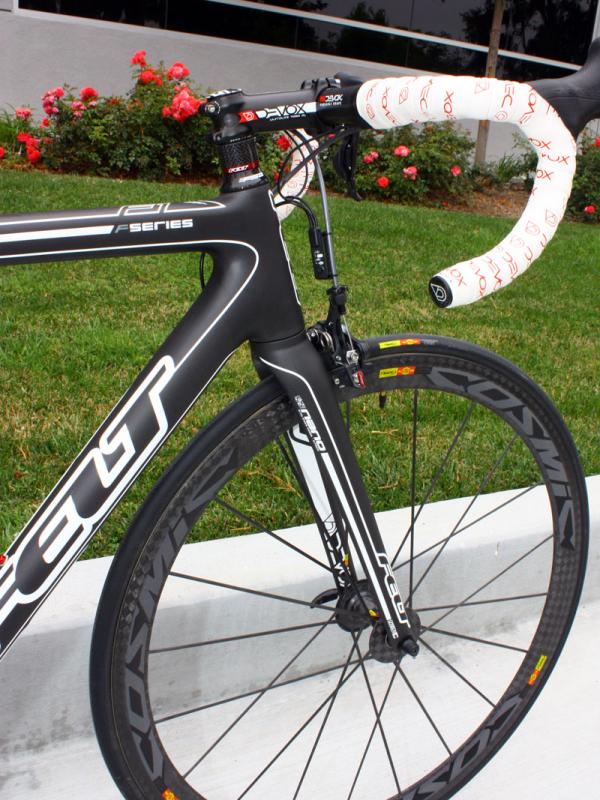
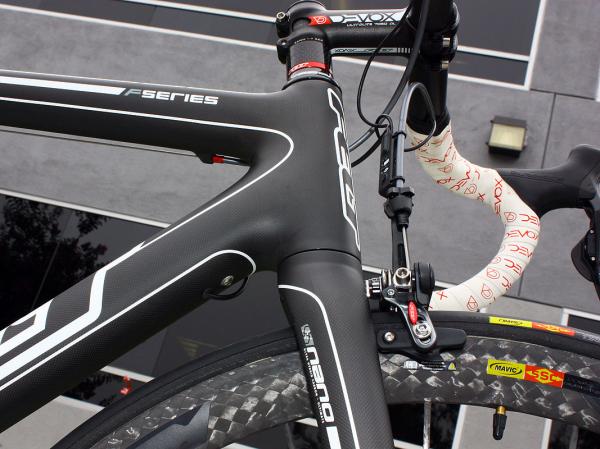
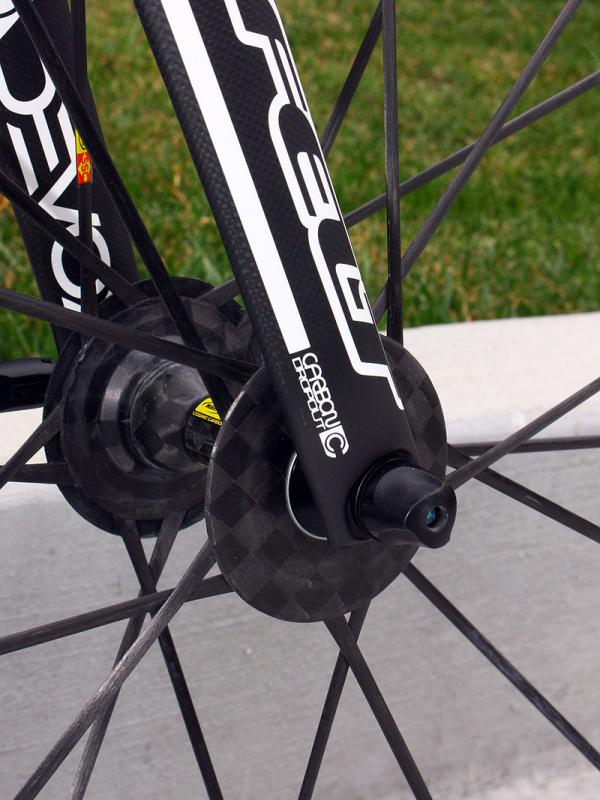
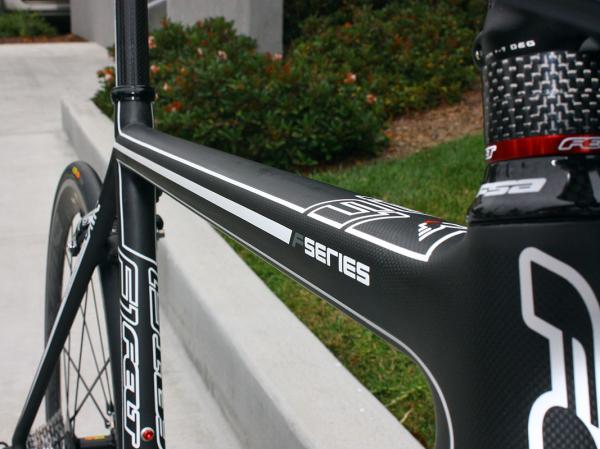
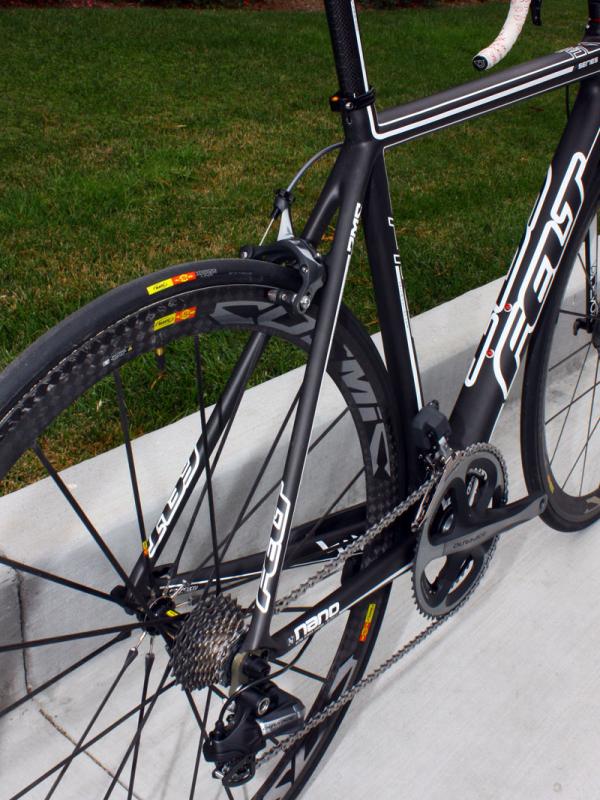
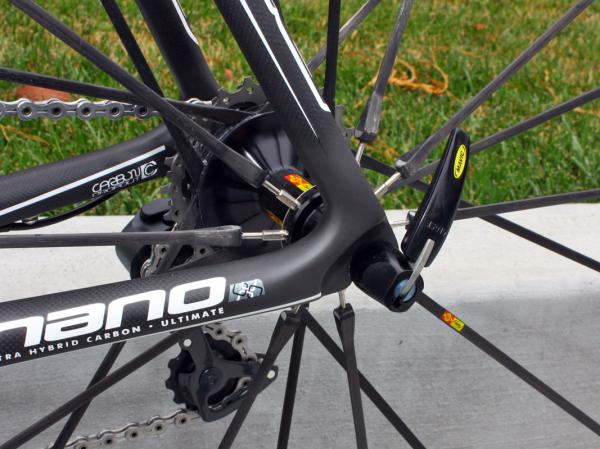
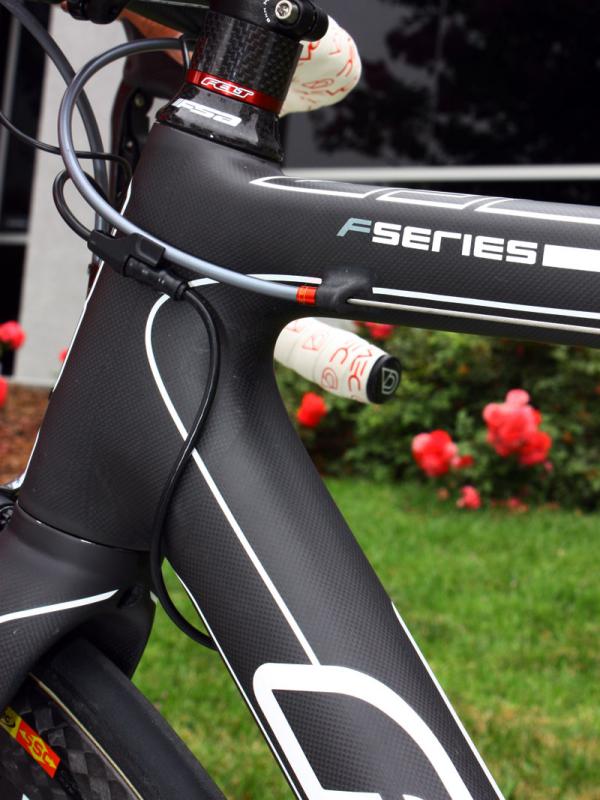
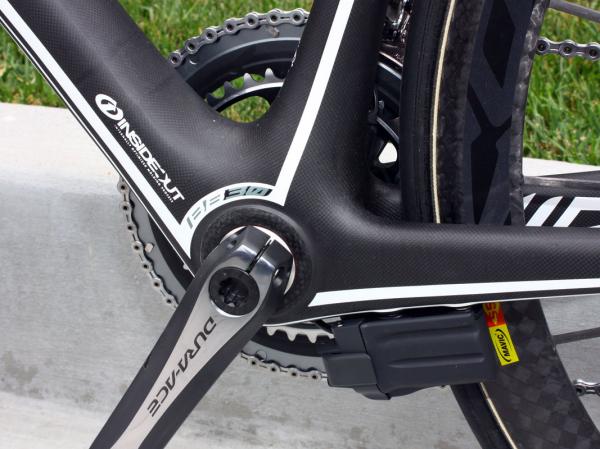
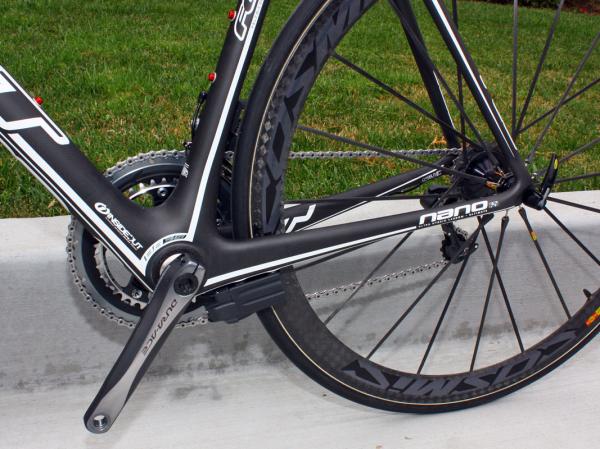
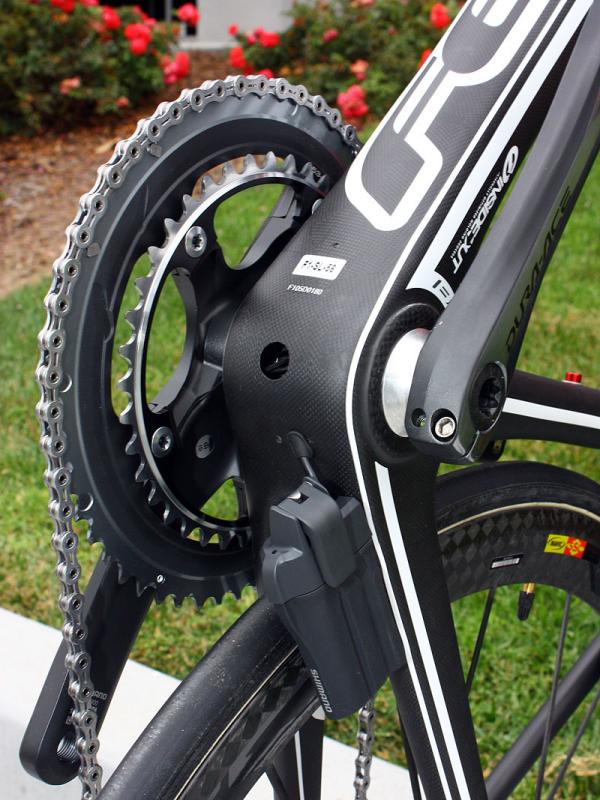
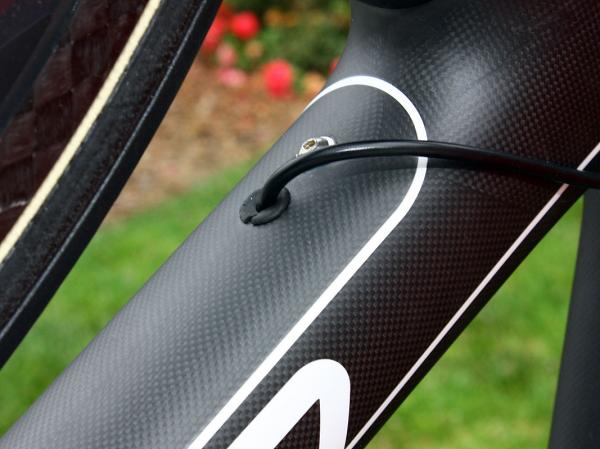

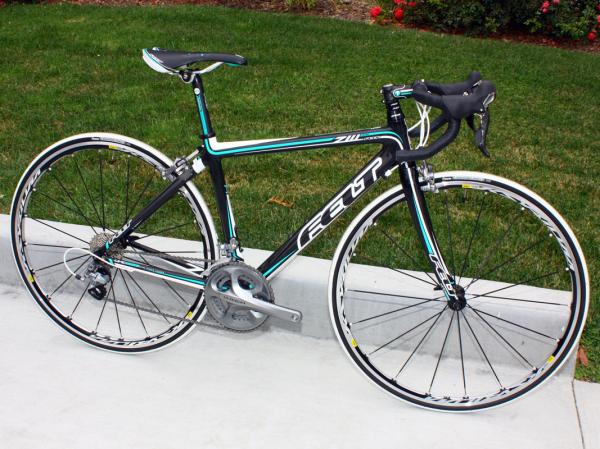
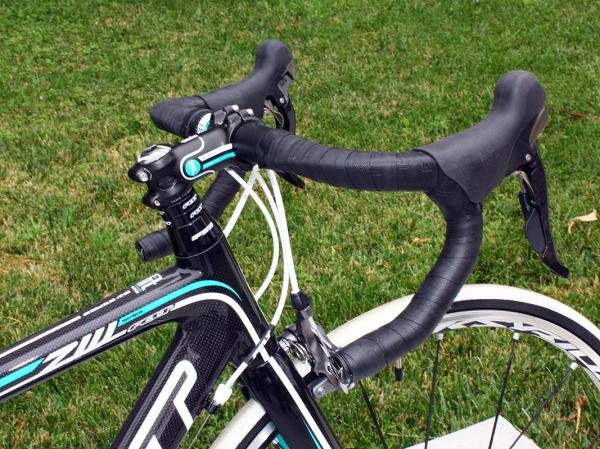
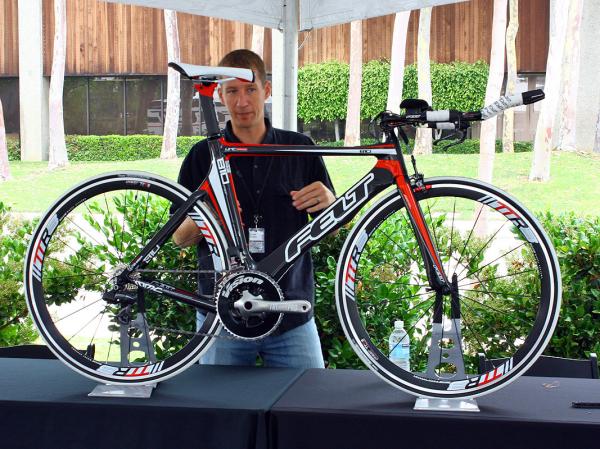
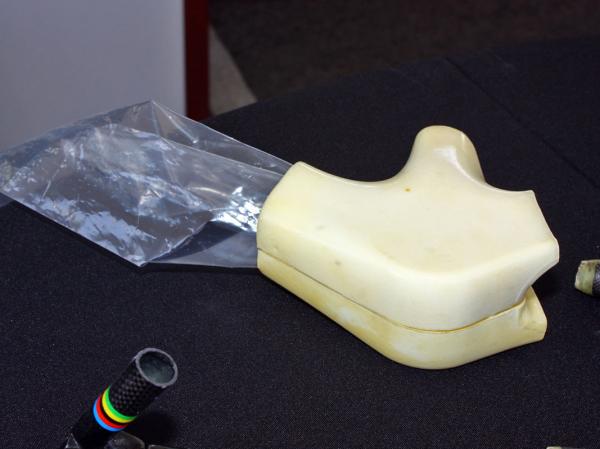
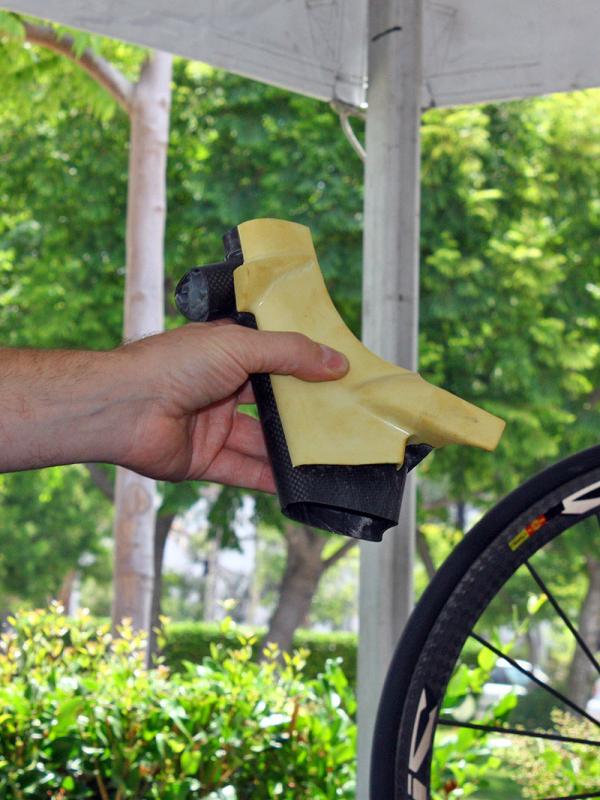
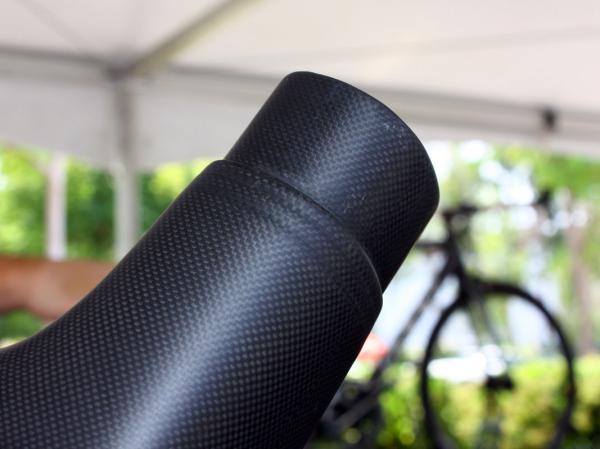
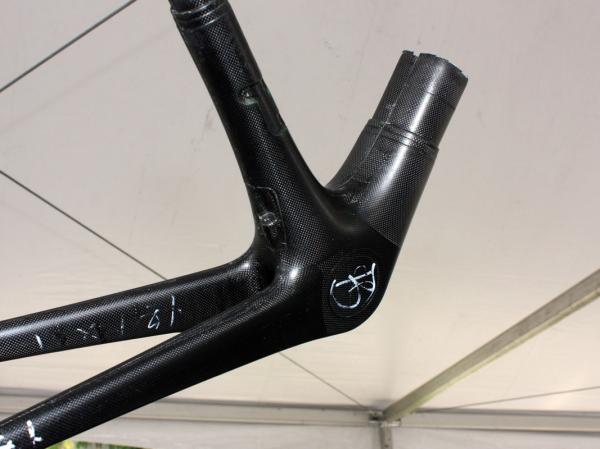
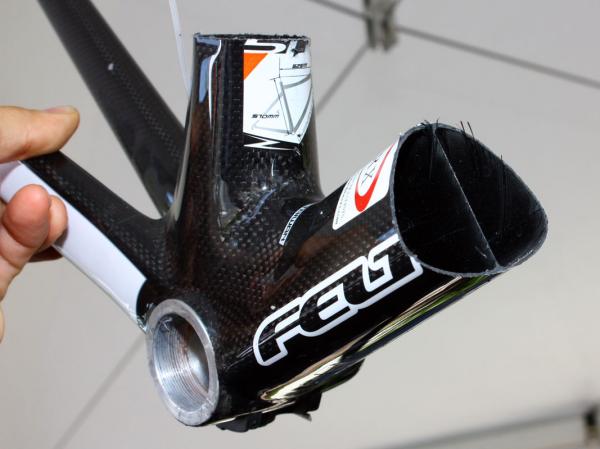
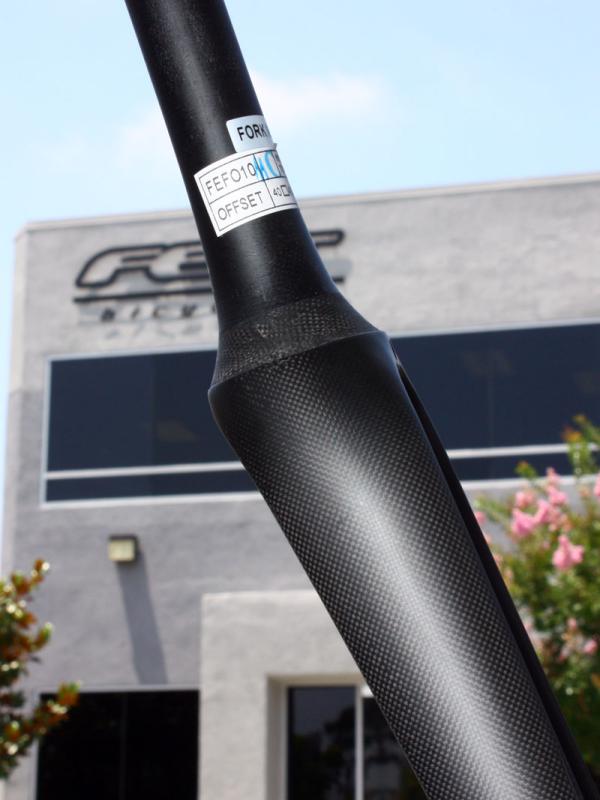
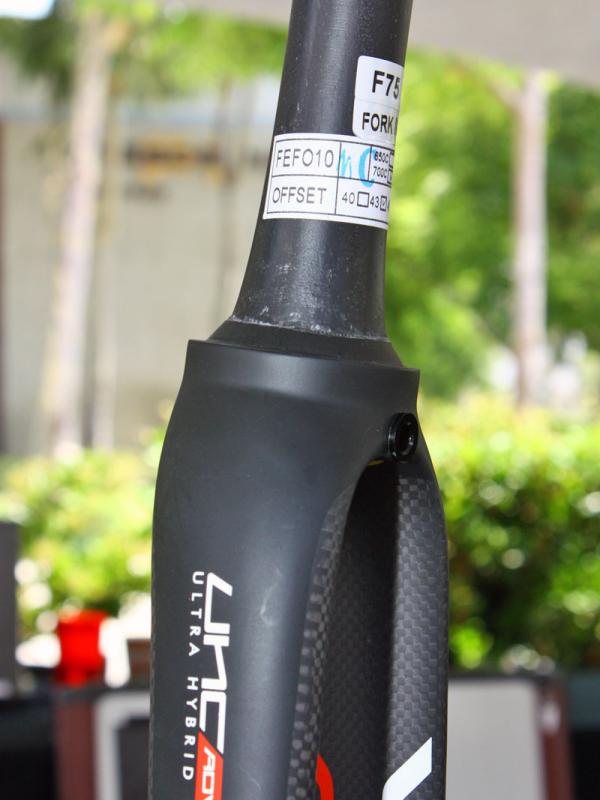
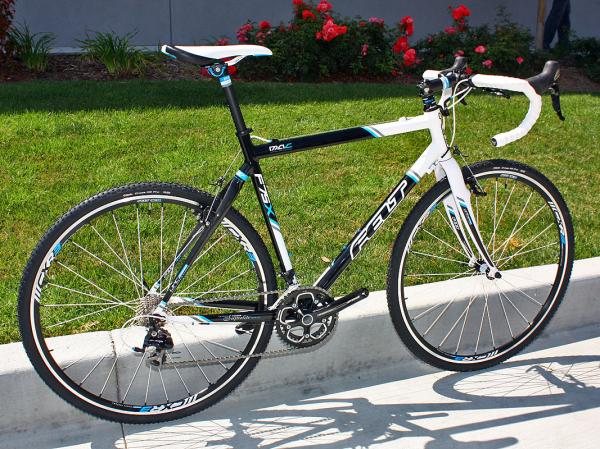

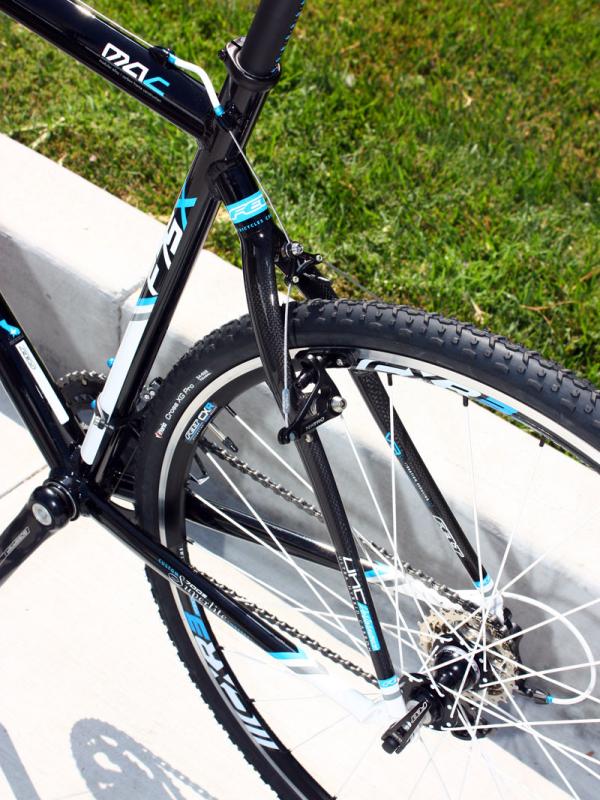
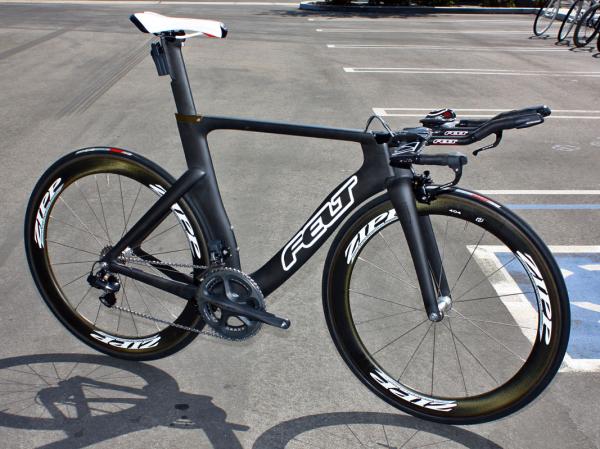
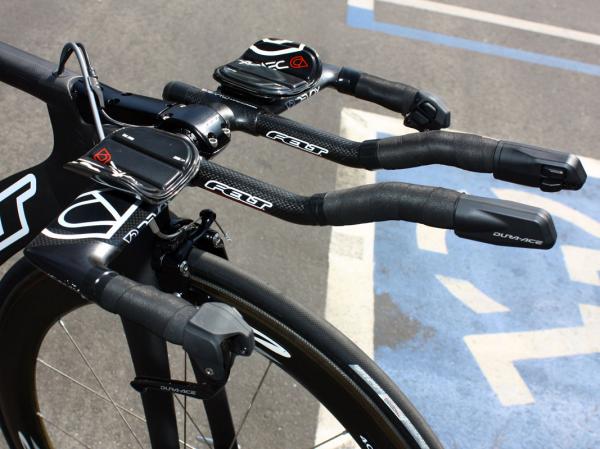
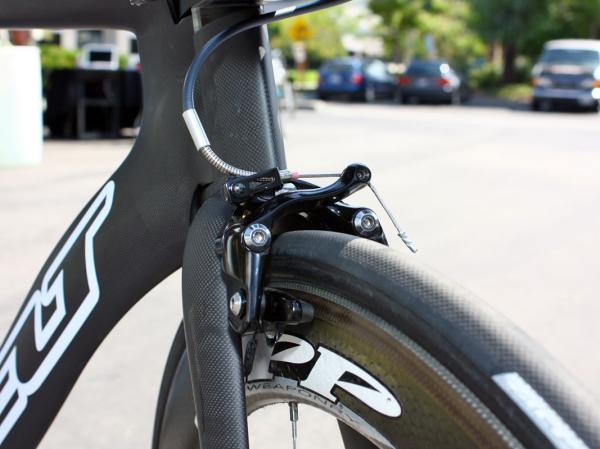
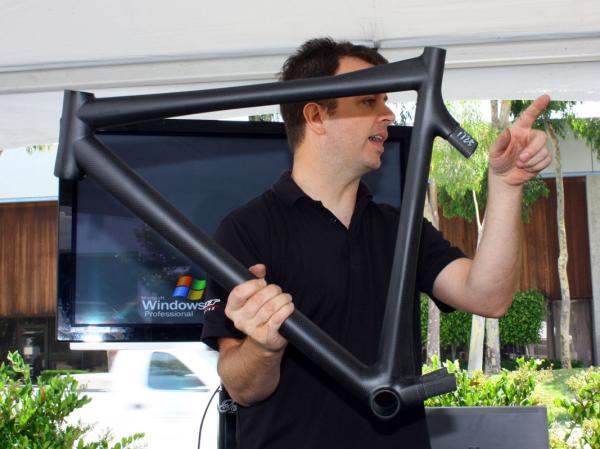
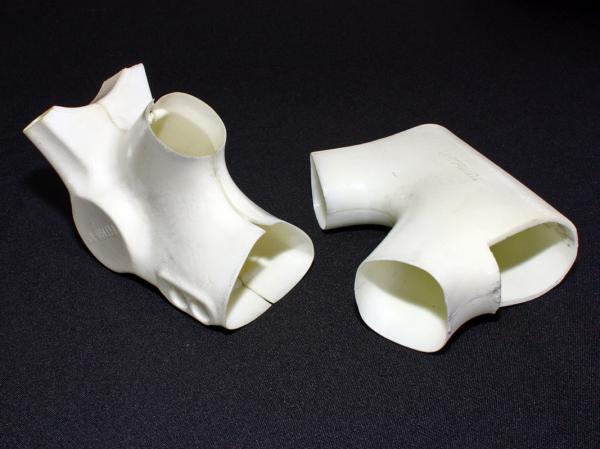
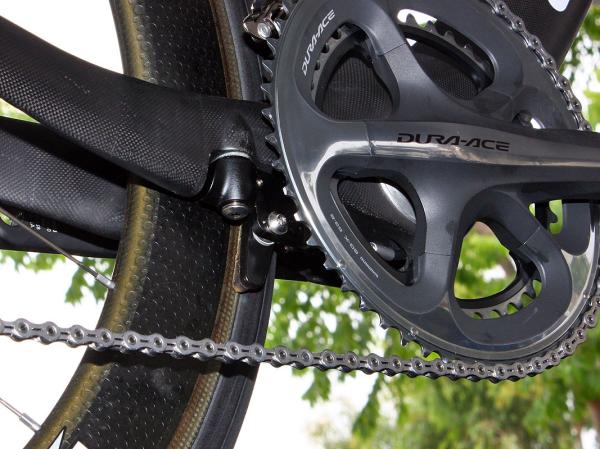
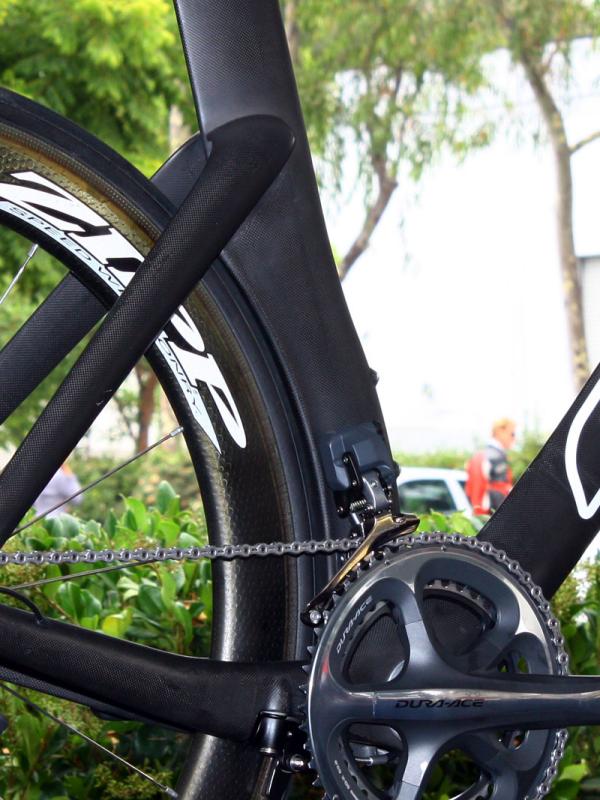
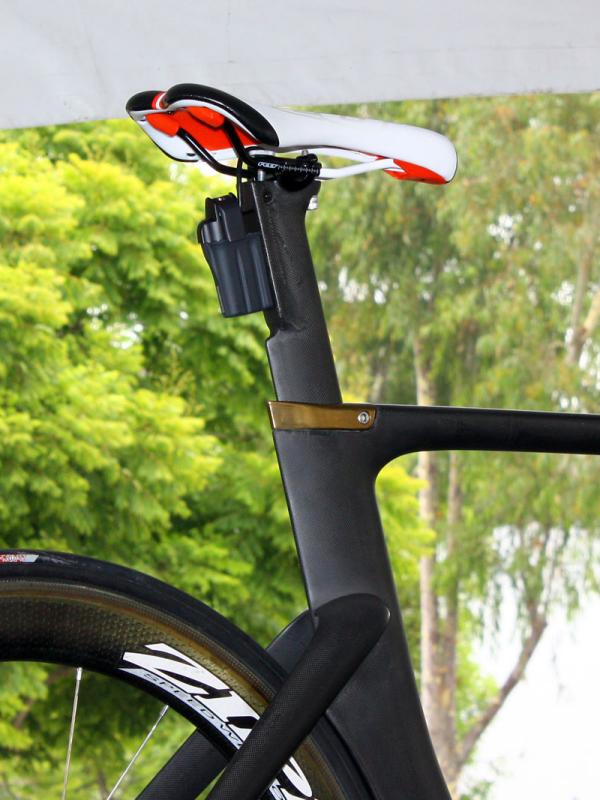
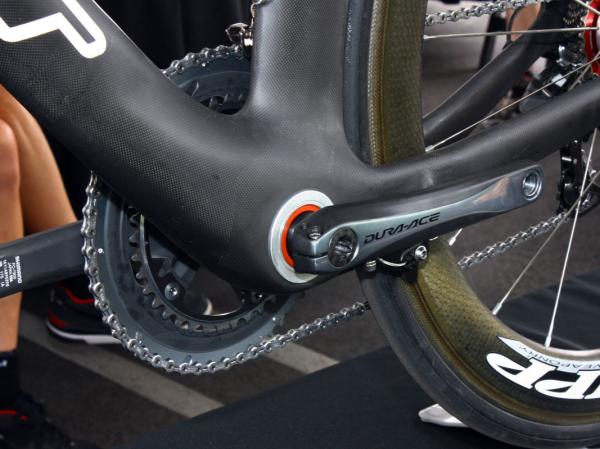
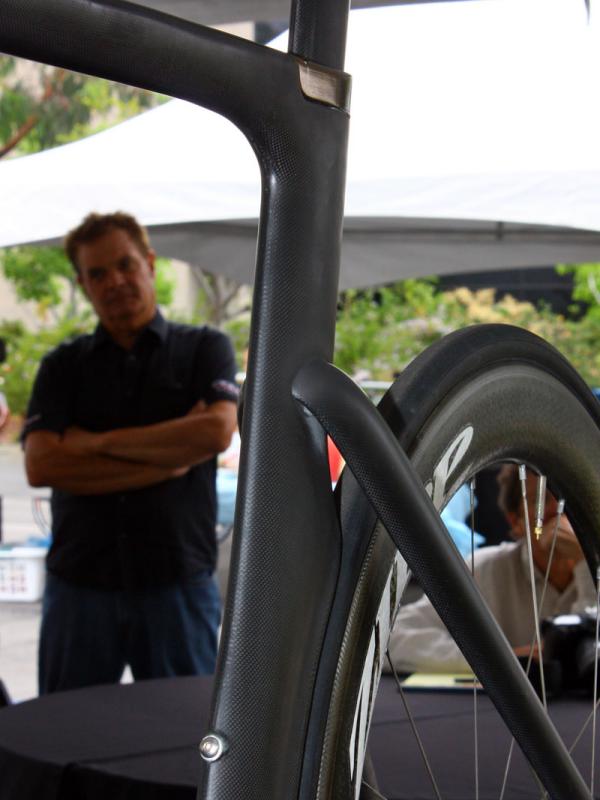
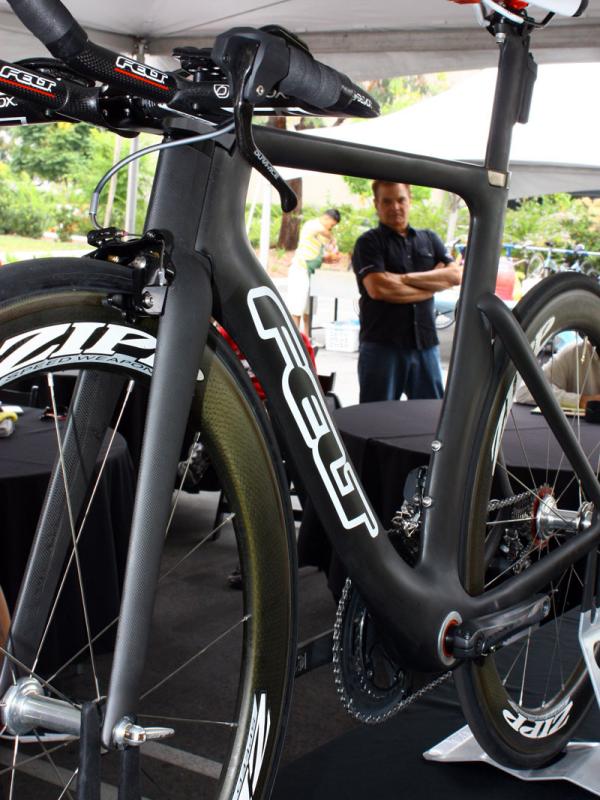
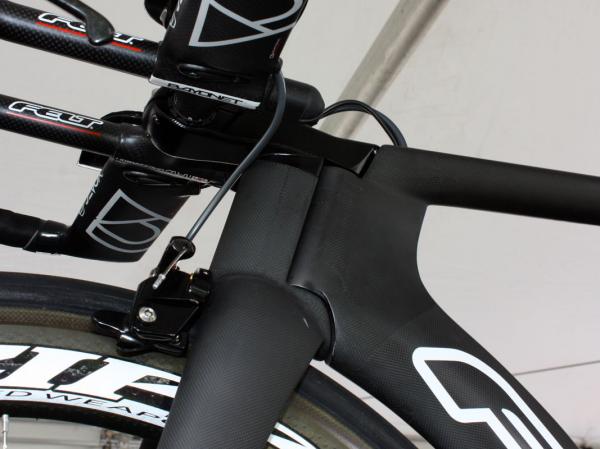
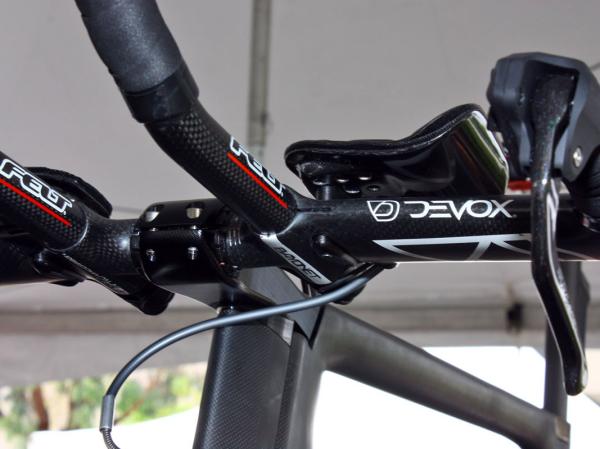
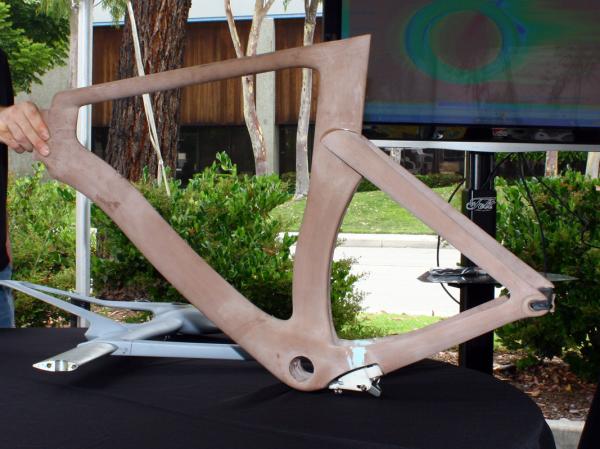
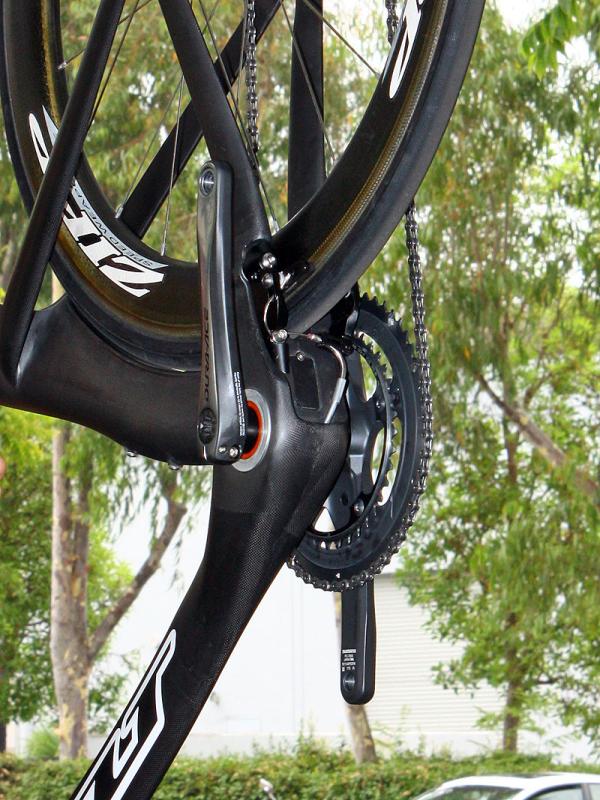
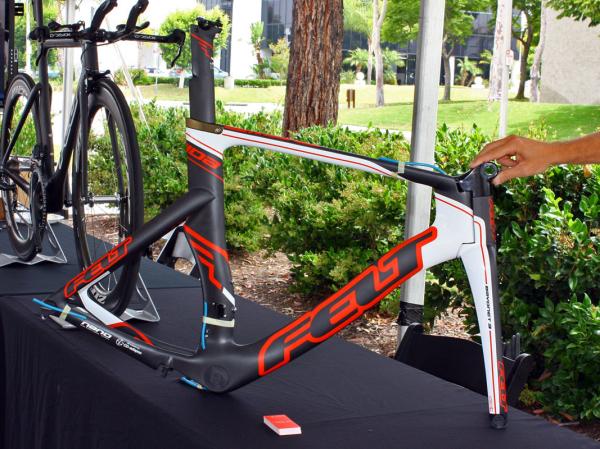
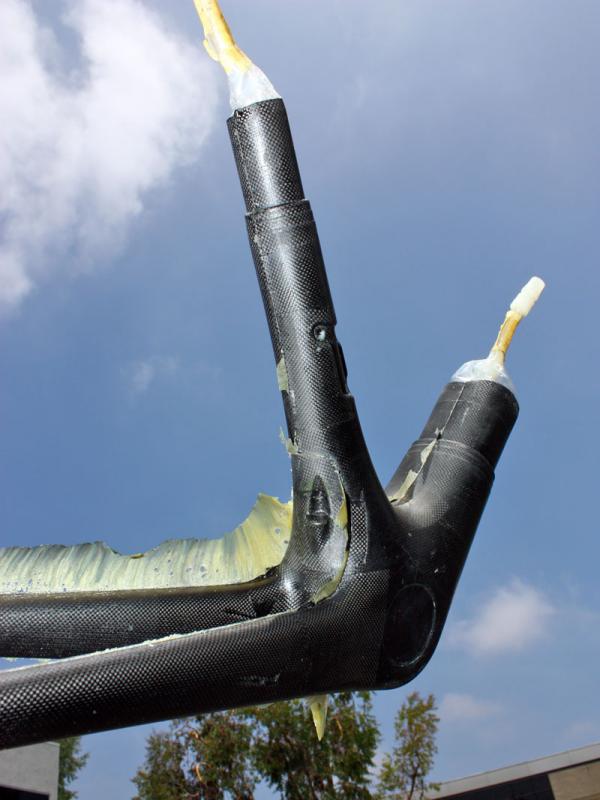
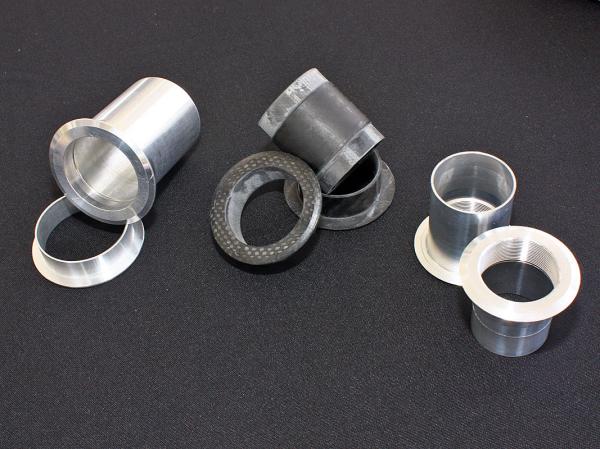
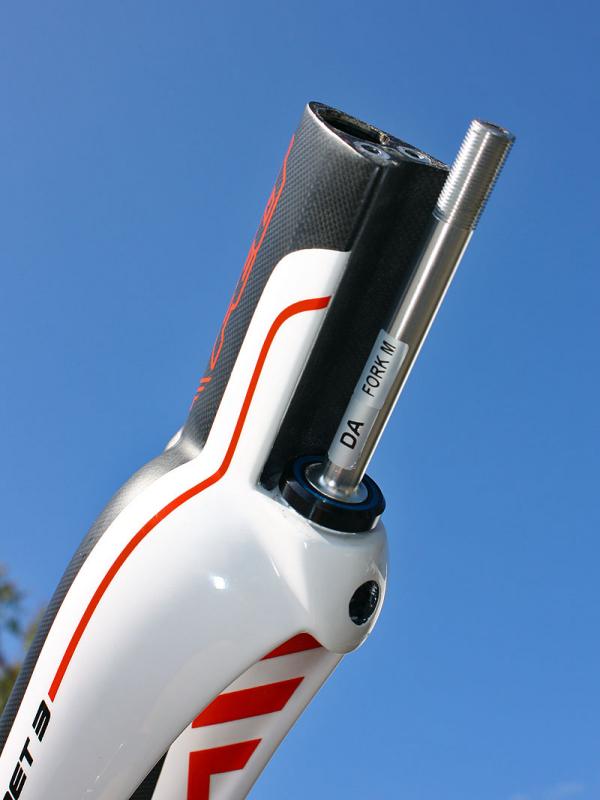
Amidst the sea of increasingly lightweight and efficient road bikes currently on the market, Felt's long-running F1 range occupied a tough position. Even at the peak of its development, the 900g F1 SL was light and comfortable but not terribly stiff while the F1 Sprint was impressively rigid but relatively heavy at 1,200g and also not the most forgiving machine given the heavily bolstered tubes.
The do-all F1 Team Edition frames Felt built exclusively for the Garmin-Transitions squad signaled the coming tide, though, as 2011 will bring a new F1 frame that will replace both models. Claimed weight for a bare frame is now just 800g and yet despite the 100g savings, Felt says the new model is also 15 percent stiffer than the Sprint – and a gargantuan 45 percent stiffer than the SL – while also improving on the ride quality as well. According to Felt, this puts the new F1 well ahead of its competitors in terms of stiffness-to-weight, even when including heady company such as the Cervélo R3, Specialized Tarmac SL3 and Cannondale SuperSix Hi-Mod.
Last year's somewhat abrupt tube surface transitions and relatively small cross-sections have been replaced by a far bigger, smoother and more consistently 'flowy' surface that better distributes applied loads throughout the entire structure instead of localizing stress to more concentrated regions.
The top tube and down tube feature squared-off ends to fend off lateral movement while the midsections are more rounded to better combat torsion. As expected, joining the two is a newly tapered and oversized 1 1/8"-to-1 1/2" head tube for better handling.
Down below, the chain stays have nearly doubled in height for more efficient pedaling and are also now anchored at a similarly enlarged BB30-compatible bottom bracket (with a carbon – not alloy – sleeve). The seat stays remain roughly the same depth as before but have more of a rounded shape this time around and the old wishbone-style arrangement has given way to full-length individual stays that better combat rear end wag. Joining the two assemblies are stout hollow full-carbon dropouts.
Felt builds the 2011 F1 with a new 'Dynamic Monocoque Construction' method that augments the usual system of nylon bladders and clamshell external molds with additional high-precision 'InsideOut' polyurethane internal molds. According to Felt (and based on the cutaways we inspected), this yields much more consistent tube surfaces while also allowing for far more intricate shapes and details and cutting down on the need for fillers and foam inserts.
Felt also uses an additional external mold just to join the seat cluster together after the individual components are formed. The precision fixture not only meters out the precise amount of glue for the initial bond but the silicone rubber liner also further compresses the final carbon layers that wrap around the area for better joint integrity and a flawless surface that requires almost no post-mold finishing.
The latest race content, interviews, features, reviews and expert buying guides, direct to your inbox!
The matching tapered fork is a trick piece of kit as well – and that's aside from the impressive 312g claimed uncut weight. Rather than overbuild the crown to accommodate the usual squared-off base for conventional crown races, Felt uses unbroken fibers running in gentle curves from the stout legs up through the fully hollow crown and into the steerer. Bonded on top of that is a thin aluminum ring that not only integrates the bearing seat directly into its shape but also distributes impact loads over an especially large area on account of the generous bond interface with the fork. Capping the ends are carbon tips, too.
Other details include a clever cable routing setup that can be easily converted between mechanical and electronic drivetrains without having to drill any extra holes. Shimano Dura-Ace Di2 wires and junction boxes are run inside the down tube through suitably size ports, but those ports also serve double duty as the mounting points for bolt-on external housing stops and guides so there's no need to commit to one system or another right from the get-go.
Finally, Felt adopts a more logical methodology for the new six-size range with proportional stack and reach changes and top tube slopes across the board.
One look at the new F1 frameset's drastically puffed-up size provides plenty of visual evidence to support the huge claimed jump in stiffness (and we did the bench test comparison ourselves at Felt's headquarters to see for ourselves, too). But Felt director of research and development Jeff Soucek says the key to the enlivened ride quality (he emphatically describes it as "electric") is the consistently paper-thin tube walls throughout the structure and the gentle shape transitions that don't so much offer more vertical flex but rather change the overall personality of the bike and allow the chassis to behave as more of a homogeneous unit.
Much as a modern steel frame gains its ride quality by thinning out the walls, Soucek says the new F1 is decidedly livelier than even other carbon frames as that skin-like characteristic is carried around the entire structure, including the bottom bracket shell, seat cluster, head tube, and fork crown – not just in the middle of the tubes.
Unfortunately, we didn't have a chance to sample that claim for ourselves during the launch and like everyone else, will have a wait a little while as projected availability for the F1 is some time around January.
Felt will offer framesets for US$2,799 and complete bikes (weighing just 6.14kg/13.5lb!) will top out at US$12,499.
Say what?
Long-time Felt followers will note that the new F1's pricing represents a roughly 50 percent jump in cost, which the company justifies with the huge performance bump offered and the concurrent increase in both development and manufacturing cost. In all fairness, none of the F1's six sizes share any frame parts whatsoever so separate molds are required for each of the six sub-sections, there's an additional external seal cluster mold per size, and then there's the tooling for all of the unique internal urethane forms – not to mention the unique lay-up schedules that have been developed for each size, too.
That being said, the good news is that Felt will trickle down nearly all of the F1's benefits into the rest of the new F range, too. All models will share identical outer shapes but use a more conventional modular monocoque construction, less advanced fiber blends, aluminum bottom bracket shells instead of carbon ones, and dedicated mechanical cable stops. According to Felt, stiffness figures remain identical across the F-series lineup, there's only a 100g weight penalty (plus a few more for the forks), and there will still be high-end build kits for racers on a budget.
How much of a budget, you ask? The complete F3 will cost US$4,999 with a SRAM Red drivetrain and SRAM S30AL wheels – and will weigh just 6.7kg (14.8lb) without pedals. A complete F5 climbs to 7.9kg (17.4lb) on account of its humbler Shimano 105 component mix but total price is a very attainable US$1,999.
Filling in the rest of the range is the Di2-equipped F2 for US$6,999 and the US$2,999 F4 with Shimano Ultegra.
Speedier DA for 2011
Also coming in 2011 from Felt is a revamped DA time trial/triathlon machine that retains the overall weight of its predecessor but makes nearly 15 percent gains in both aerodynamic performance and chassis rigidity.
First and foremost is the lighter and pared-down Bayonet 3 front end. Though it uses a shallower section than the original Bayonet, Felt pairs the new version with custom 9mm (internal diameter) headset bearings for an ultra-narrow front end from top to bottom that measures just 38mm across – thus ensuring the numbers stay well within the UCI's latest interpretation of its dimensional rules while netting even better drag numbers than before.
Moreover, the external steerer and dual bracing points offer better steering precision than conventional 1 1/8" setups, similar to the effect of dual-crown forks on mountain bikes.
As with the F1, Felt's InsideOut internal molding techniques play a role in the updated DA's shape, especially at the top of the seat stays, which are sharper and cleaner than before. Overall, though, this latest version is an altogether smoother and more organic-looking structure with a gently curving seat tube and down tube plus far more bulbous chain stays.
Felt has also worked to retain the DA's aerodynamic performance with as many wheel designs as possible. Instead of using a straight-sided seat tube, the new DA seat tube incorporates small 'kicks' along its rear edges that are said to divert air out around the rear wheel. Similar flares are included on the optional Di2-compatible seatpost to smooth airflow over the attached battery.
Speaking of Di2, the new DA also features a higher level of component integration with internal cable routing compatible with Shimano's electronic connectors and a battery mount tucked beneath the non-driveside chain stay (Felt says the Garmin-Transitions team's seatpost-mounted battery setup requires too much seatpost extension and a custom wiring harness so it's not standard for consumers).
In addition, the custom rear brake caliper is integrated into the chain stays (which are still externally accessible for easier adjustment and setup and now compatible with all cranks), the stem now lies in-line with the top tube for cleaner airflow (consumer versions will be hinged for greater positioning flexibility), and there's a BB30 bottom bracket shell.
Felt will offer the DA in a single complete model for about US$12,500 with full-blown team spec or a frame kit for DIYers. Pricing on the module is still to be determined but is expected to be under US$5,000.
For now, Felt has no plans to release a lower-priced version of its DA flagship but 2011 will see upgrades to the B-series of aero bikes for riders on more of a realistic budget.
